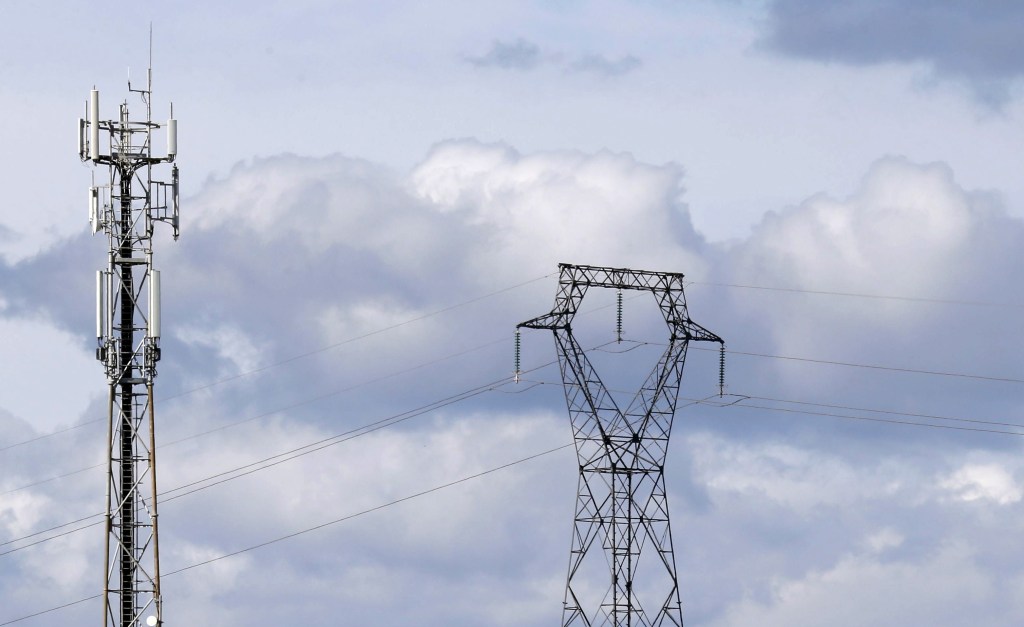Anticipating frequent tariff hikes going forward, analysts estimate a 13% compound annual growth rate (CAGR) in the adjusted gross revenue (AGR) of telecom operators over the next four years. This means that telcos’ AGR is will cross Rs 3.9 trillion by FY28.
In FY24, the telecom operators’ AGR is expected to be Rs 2.37 trillion, a YoY growth of over 8%, according to analysts’ estimates. AGR is the revenue based on which the telcos pay licence fee and spectrum usage charges (SUC) to the government.
Post the elections, a tariff hike of about 20-25% is expected to come, which will be crucial for telecom operators to improve their return on capital employed (ROCE). In FY27, analysts expect a similar hike of 20% in the headline tariffs by the telecom operators.
The growth in revenue of telecom operators over the next few years will also be driven by subscriber base, which is expected to grow at a CAGR of 2% over FY24–26. Tariff hike and subscriber growth is expected to boost the average revenue per user (Arpu), for which analysts expect a CAGR of 11%.
“The sector outlook appears robust given its ability to take tariff increases, and the reduced competitive intensity, capex intensity is likely to ebb, FCF (free cash flow) generation and deleveraging will accelerate, and FCF yield and growth, both appear attractive,” said ICICI Securities in a note.
“We are seeing industry consensus building on frequent tariff increase, which prompts us to assume two tariff hikes in the unlimited data category and postpaid,” the brokerage added.
For FY20-24, the AGR grew at a CAGR of 13.6% to Rs 2.3 trillion. Besides, industry subscriber base grew at a CAGR of just 0.2% to 1.17 billion over FY20–24, and Arpu grew at a CAGR of 13.6%.
In the FY25-28 period, Jio will continue to lead in AGR growth among the telecom operators. The telecom operator’s AGR is expected to cross Rs 1.7 trillion in FY28 from Rs 99,200 crore in FY24, estimates from ICICI Securities showed.
Airtel’s AGR is expected to touch Rs 1.5 trillion in FY28 from Rs 88,000 crore. On the other hand, Vodafone Idea is expected to witness its AGR grow to Rs 60,000 crore from Rs 37,800 crore in FY24.
Analysts have shown optimism on Vodafone Idea sustainability and growth in subscriber base especially after the Rs 18,000 crore follow-on public offer (FPO). The company is now looking to tie debt of Rs 25,000 crore.
“Market share gains may continue for Bharti/Jio in the near term, but could moderate in FY26 given VIL’s recent capital raise,” said Jefferies in a note.
ICICI Securities said, “the company is very close to re-claiming its going concern status, which should help VIL restore confidence in investors.”
Vodafone Idea lost subscribers for the 36th straight month in March. The telecom operator lost 684,530 users, taking its total base to 219.8 million. The company’s subscriber market share in March fell to 18.86% from 18.93% in February.
With 469.7 million subscribers, Jio’s market share rose to 40.3% from 40.15% in February. Analysts said the company is benefitting mostly from the churn of users by Vodafone Idea and BSNL, and 2G to 4G migration.
Bharti Airtel added 1.75 million mobile users in March, taking its base to 385.7 million. The company’s mobile subscriber market share rose to 33.10% from 32.97% in February.
“Jio’s softer than usual subscriber growth in March, and VIL’s slowing subscriber market share loss are key trends to keep an eye on going forward,” said brokerage house UBS in a note.
Telecom service providers in March net added 5.6 million active subscribers, the highest in one year, according to data from the Telecom Regulatory Authority of India (Trai).

